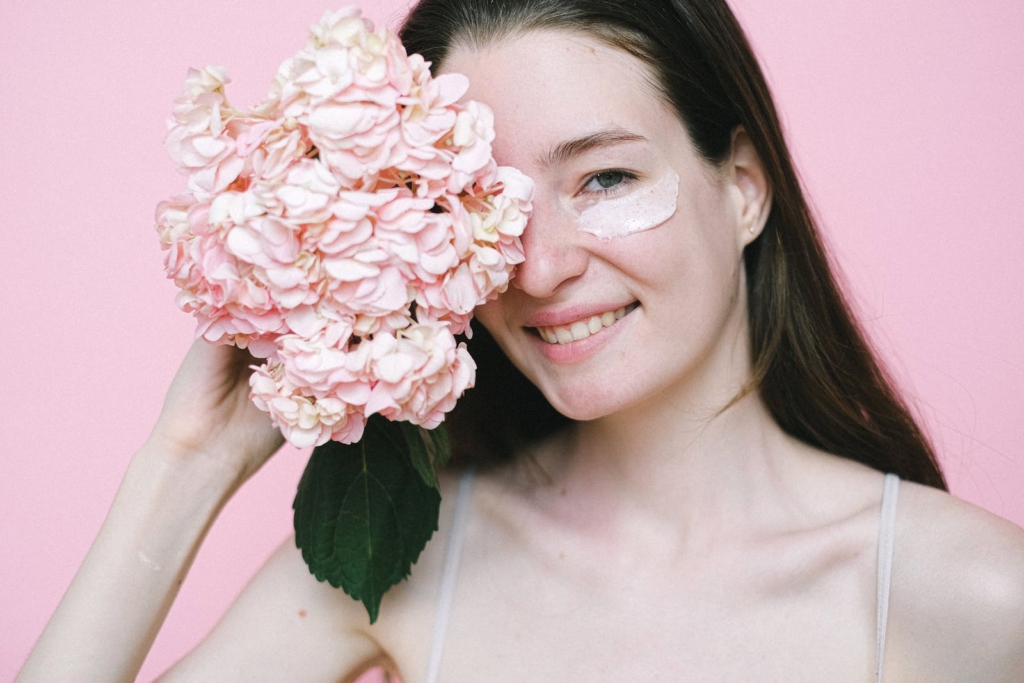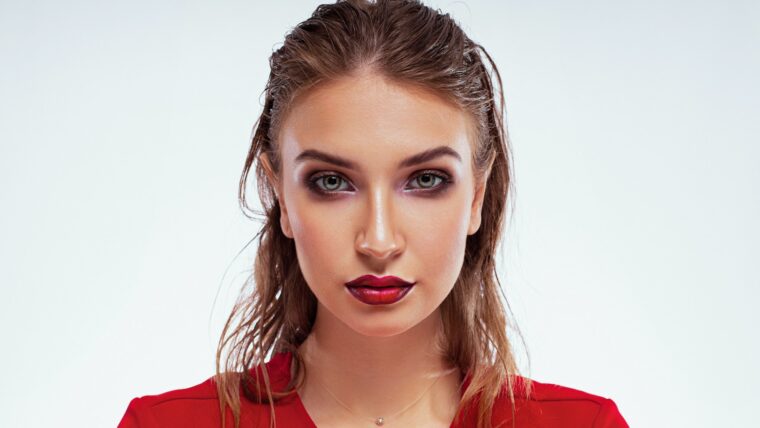Do you want to know the secrets of facial femininity?
Have you ever wondered what makes a face look more feminine or masculine? What are the subtle differences that can change the perception of your gender and attractiveness? How can you enhance your natural features and express your identity with confidence?
If you are curious about these questions, then you are in the right place. In this blog post, I will reveal the scientific and aesthetic factors that influence facial femininity, and how you can use them to your advantage.

What is facial femininity and why does it matter?
Facial femininity is the degree to which a face conforms to the typical characteristics of a female face, such as a smaller chin, fuller lips, higher cheekbones, larger eyes, and softer contours. Facial femininity is not only related to biological sex, but also to social and cultural norms, personal preferences, and psychological factors.
Facial femininity matters because it can affect how others perceive you and how you feel about yourself. Studies have shown that facial femininity is associated with higher attractiveness, trustworthiness, warmth, and competence. Facial femininity can also influence your self-esteem, identity, and expression.

How can you measure facial femininity?
There are many ways to measure facial femininity, but one of the most common methods is to use facial ratios. Facial ratios are the proportions of different facial features relative to each other or to the overall face size. For example, the facial width-to-height ratio (FWHR) is the ratio of the horizontal distance between the cheekbones to the vertical distance from the upper lip to the eyebrows.
Facial ratios can be calculated using simple tools like a ruler or a measuring tape, or more advanced tools like computer software or apps. Some examples of facial ratios that are relevant for facial femininity are:
- The eye size ratio: The ratio of the horizontal distance between the inner corners of the eyes to the horizontal distance between the outer corners of the eyes. A higher ratio indicates larger eyes, which are more feminine.
- The lip fullness ratio: The ratio of the vertical distance from the lower lip to the chin to the vertical distance from the upper lip to the nose. A higher ratio indicates fuller lips, which are more feminine.
- The jaw angle ratio: The ratio of the angle formed by the lower jawline and the neck to the angle formed by the upper jawline and the forehead. A lower ratio indicates a smaller and sharper chin, which is more feminine.
How can you improve your facial femininity?
If you want to improve your facial femininity, there are several options available for you. Depending on your goals, budget, and preferences, you can choose from:
- Makeup: Makeup is a simple and affordable way to enhance your facial features and create a more feminine look. You can use makeup techniques such as contouring, highlighting, blush, eyeliner, mascara, eyeshadow, lipstick, and gloss to create illusions of depth, shape, color, and shine on your face.
- Hairstyle: Hairstyle is another easy and inexpensive way to change your appearance and accentuate your femininity. You can choose a hairstyle that suits your face shape, hair type, personality, and style. Some general tips for choosing a feminine hairstyle are: avoid short or flat haircuts, opt for soft waves or curls, add layers or bangs, and experiment with colors and accessories.
- Surgery: Surgery is a more invasive and costly option, but it can offer permanent and dramatic results for improving your facial femininity. You can consult with a plastic surgeon or a facial feminization surgeon to discuss your options and expectations. Some common surgical procedures for facial feminization are: forehead reduction or contouring, brow lift, rhinoplasty (nose job), cheek augmentation or reduction, lip augmentation or reduction, chin reduction or reshaping, jaw reduction or contouring, adam’s apple reduction or removal.
Conclusion
Facial femininity is a complex and subjective concept that depends on various factors such as biology, psychology, culture, and personal taste. However, there are some objective ways to measure and improve facial femininity using facial ratios and different methods such as makeup, hairstyle, or surgery.
Always follow our blog section for content like this and more!
If you want to learn more about facial femininity and how it can affect your life, here are some frequently asked questions (FAQs) that you might find interesting:
FAQs: What makes a face feminine?
- Q: Is facial femininity related to gender identity?
- A: Facial femininity is not necessarily related to gender identity. Gender identity is how you feel about yourself as a man, woman, or something else. Facial femininity is how others perceive your face as more female or male. You can have a feminine face and identify as a man, or a masculine face and identify as a woman, or any combination of face and identity that makes you comfortable and happy.
- Q: Is facial femininity related to sexual orientation?
- A: Facial femininity is not directly related to sexual orientation. Sexual orientation is who you are attracted to romantically or sexually, such as men, women, both, or neither. Facial femininity is how your face looks like in terms of female or male features. You can have a feminine face and be attracted to any gender, or a masculine face and be attracted to any gender, or any combination of face and orientation that matches your preferences.
- Q: Is facial femininity related to age?
- A: Facial femininity is somewhat related to age. As we grow older, our faces tend to change in shape, size, and texture. Some of these changes can affect our facial femininity. For example, as we age, our skin becomes thinner and less elastic, our bones lose density and volume, our fat distribution shifts, and our muscles weaken. These changes can result in sagging skin, wrinkles, sunken eyes, hollow cheeks, drooping lips, and enlarged pores. These features can make our faces look less feminine or more masculine. However, there are ways to prevent or reverse some of these effects using skincare products, lifestyle habits, or cosmetic treatments.
I hope you enjoyed reading this blog post and learned something new about facial femininity. If you have any questions or comments, please feel free to leave them below. Thank you for your attention and have a great day! 😊
Always follow our blog section for content like this and more!


